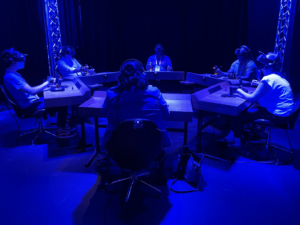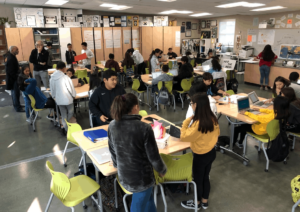It’s Complicated

An early reader of my book, Getting Smart, didn’t think I described the practical difficulties of using technology to improve education. Fair enough. I didn’t set out to write about the problems, I wrote about the promise. I attempted to simply state the reasons that I think learning technology is a big deal for kids in the US and even more so for kids in emerging economies.
That said, it’s really complicated to deploy learning technology in ways that will produce step change improvement. Layering tech on top doesn’t do much for kids. Real productivity gains come from fundamental change–and that’s hard.
The fundamental rules of education are shifting and the change process is complicated in its academic, fiscal, political, and human dimensions. During this decade most U.S. schools will adopt models that blend online learning and on-site support, which means most U.S. superintendents and principals will manage through what…Bryan Setser called “a perfect storm of reform.” His advice includes abandoning seat time require- ments (get a waiver if you have to), stop buying textbooks, use open education resources on inexpensive tablet computers, and stretch staffing by moving students online for at least part of the day.6 While facilitating changes like this, leaders will need to host ongoing community conversations, model professional learning, and demonstrate project management and resilience. This will be an exciting but very challenging decade.
- 10 shifts that change everything
- The Complicated pivot to personal digital learning (on the search for coherence in an atomized schedule)
- Confronting the 15,000 hour problem, Barnett Barry
- The art of balancing execution and innovation (ie, you’ve gotta run a good school while trying all this new stuff)
- Digital Learning Now: Roadmap to Reform







0 Comments
Leave a Comment
Your email address will not be published. All fields are required.